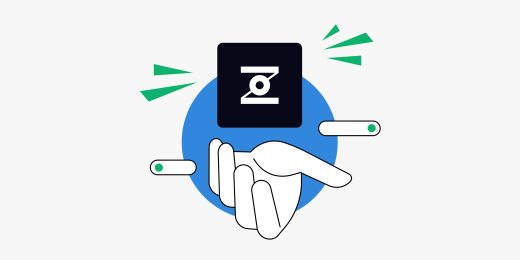5 SEO Techniques to Double Your Traffic

Are you happy with the size of your current search traffic? Today, we’ll discuss how you can double the size of your traffic in a matter of weeks.
Each month, people use Google about 10.3 billion times to research products and services. That means if your website unburies itself from the forgotten masses of SERPs, it will get to see an increased profit because of more clicks. SocialTimes revealed that the first website on our search results get approximately 17% more clicks than all the rest on the same page. HubSpot even found that 80% of a website’s traffic comes directly from search queries. This is why having advanced knowledge on SEO is so important.
If you’ve been doing all the SEO basics, such as blogging, getting backlinks, and increasing your page loading speed, but you haven’t seen any real returns, these five advanced SEO techniques will give you the break you deserve.
SEO Technique #1: Vamp Up Your Archive Posts
If you run a blog (if not, here’s why you should) and you have a few months’ worth of content stacked up, you should go back and refresh your best performing blog posts. Chances are, some of your old content is still attracting organic traffic to your website. This is how you can easily refresh your old content if your platform doesn’t already come with analytics: go to Google Analytics and hit “Behavior” on the left sidebar. Next, go to “Site Content” and then “All Pages.” Sort your pages by page views and select the ones with the most views. The final step is to craft a new captivating headline for your post. Pitch it on all of your platforms again to milk as much traffic from your posts as possible.
SEO Technique #2: Create an Intentional Link Map
This is a practice known as deep linking. Deep linking is essentially creating a complex web map of internal links. This strategy is perfect for lead generators whose sole focus is to get visitors to see their homepages, but have trouble getting their inner pages to rank. When you begin your process of deep linking, have the readers’ best interest at heart. Use relevant anchor texts to link to a related article. This is an example of optimal deep linking: Affiliates often dream of being their own boss and making a steady flow of passive income from home, and we want to help. The phrase “passive income” was linked to our older article about how to make money with affiliate marketing. If each of your articles have around 4-5 relevant links to your other pages, you will soon have an intricate web map of interlinks. This is a powerful way to do on-page SEO!
SEO Technique #3: Use Authoritative Social Platforms
When we say authoritative social platforms, we don’t mean social media platforms like Facebook or Twitter. Social shares are important for exposure and engagement, but they have no SEO value. By authoritative platforms, we mean Blogger, Quora, Slideshare, and websites of that nature. If you want to work with Slideshare, here are the simple steps:
Study popular Slideshare presentations and find their common grounds. If you take note on what makes these presentations so successful, you can apply the same principles to your presentation as well.
Pick a popular topic that everyone’s talking about and put your own spin on it. No matter the trending topic, there will always be a connection that you can make with the niche you’re in.
Make your outline using the tools you’ve learned through researching the successful presentations.
Find captivating images to boost your presentation. With free tools such as Unsplash and PixaBay, finding photos should be a cinch.
If your Slideshare presentation gets picked up by viewers, it will potentially bring hundreds of thousands of people to your website. At the very least, you will get a weighty backlink from your authoritative social platform.
SEO Technique #4: Analyze Your Competitors’ Live Keywords
If your traffic has been plateauing but your competitors seem to still be thriving, you don’t need to wonder in the dark. There’s a way to track their progress live. Live keywords are keywords that are still driving in organic traffic to your competitors’ websites. First, go to SEMrush.com. Once you’re there, plug in your competitors’ URLs. The great thing about SEMrush is that you can create comparison tables to visualize your website next to your competitors’ websites. When you scroll down after searching on competitors on SEMrush, you’ll see a list of live keywords and anchor texts. Leverage this information to create a similar valuable blog post, and then pitch it to the other websites that have linked to your competitors’ articles. You can find these sites using free tools such as Open Site Explorer and Small SEO Tools.
SEO Technique #5: Try Latent Semantic Indexing
Latent Semantic Indexing (or LSI) is just another SEO factor that triggers Google’s ever-changing algorithm. In short, LSI is the way in which Google and other search engines evaluate your website based on its keywords. To improve your SEO rankings, use different variations of the same keywords in your content. Note: do not stuff your content with a bunch of monotonous keywords, lest you want to get penalized by your search engine. Instead, mention your keywords in a natural way. Simply focus on your topic as you write and your end result will be exactly what the LSI bots desire.
To join our incredible network of Affiliates and start making money with your traffic today, sign up today!



